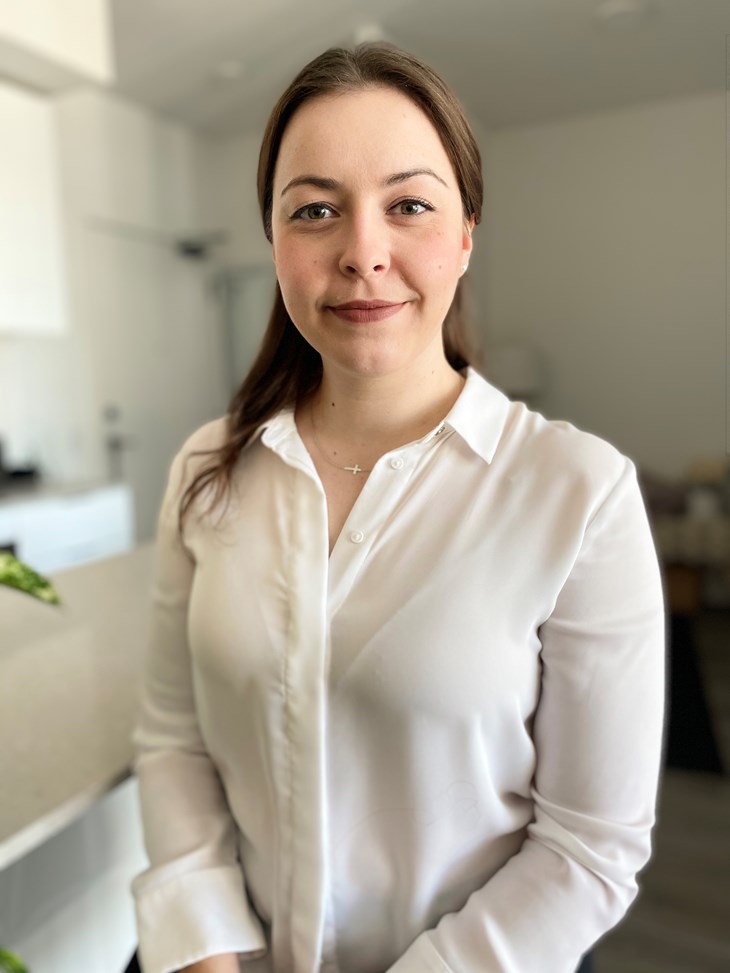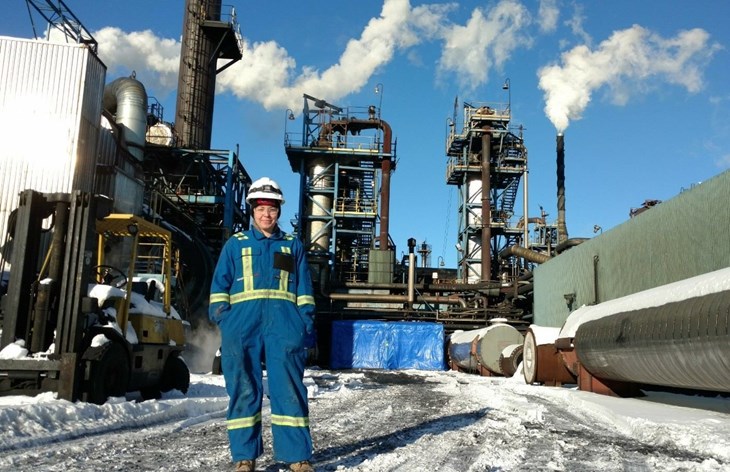In part two of this interview, Stainless Steel World Americas had the opportunity to speak with Kobylecky about what she has discovered throughout her career so far while working with corrosion resistant alloys (CRAs), and the hopes she has for the future for both engineers and the materials industry.
By Brittani Schroeder.
Examination and analysis projects
In addition to analyzing materials and welds, Kobylecky was given the opportunity to take a basic welding course to better inform her examinations of them. “I am definitely not a welding expert, but I can confidently examine and qualify them. After that course, I have a deep respect for welders and their skills,” she admits. The weld evaluations Kobylecky conducts are typically to ASME, NACE, ISO, and AWS specifications, with the occasional customer-supplied specification. At times, specifications supplied by customers can have a combination of requirements from each of the specifications listed previously, and therefore, Kobylecky must cross-reference and check each one to see if her results match everything that is outlined. “We qualify stainless steel, nickel, zirconium, aluminum, and carbon steel welding procedures, plus brazing procedures. Most of the welding we see is GMAW (gas metal arc welding), SMAW (shielded metal arc welding), GTAW (gas tungsten arc welding), resistance welding, and friction welded joints.”

Aging materials and an aging workforce
Alex Kobylecky’s job as a Metallurgist is to figure out what happened to parts that have been in service and communicate that information with the customer. She states, “We get quite a few projects coming in from aging plants. For example, a failure analysis project I recently worked on was to determine why a pipe leaked after 40 years in service. The pipe was used to transfer water underground in a steel plant. It leaked because contaminants in the soil concentrated at one location, which then attacked the pipe’s exterior until a hole formed. The environment is what made the pipe unsuitable for continued service.”
Kobylecky continues, “Our hope is that, once we do the analysis of the equipment or part, and bring that in-formation to the customer, we can help them anticipate similar issues in the future, which can hopefully increase the lifespan of the service or plant the parts are used in. In some cases, we can suggest what properties would be beneficial based on the environment they will be used in, to ensure the materials are suited for their intended use.”
When looking at the industry today and seeing more engineers retiring, Kobylecky hopes the knowledge gap stops growing. “Materials science is not the most popular engineering science that students want to pursue in university – most students are interested in software, mechanical or electrical engineering. Between the soon-to-be retiring metallurgical engineers, and fewer students entering the field and working in it after graduation, I think there is definitely a lack of knowledge transfer,” she states. “Although books and journals are great sources of information, sometimes speaking to an experienced engineer about an issue you are facing can be a lot more valuable, direct, and to the point. Working alongside experienced engineers and attending professional events to network (pre-COVID-19) allowed me to ask questions and listen to what they had experienced throughout their careers. I absorbed whatever I could and plan to use that information if I ever come up against those same problems in my career.”

Advice for the future
In Kobylecky’s eyes, the world will always be in need of steel, but the ways in which parts are produced will change. “I think as an industry we will slowly move more towards and rely on additive manufacturing, but we will always need steel and CRAs. Perhaps the traditional processes will be refined to produce less harmful emissions,” she says.
Kobylecky also shared some advice to new engineers entering the field: “Be humble, listen, learn as much as possible, and do not be afraid to ask questions. I left university thinking I knew everything because I had a ring on my pinky and a degree. There is a lot to see, experience, and learn out in the real world, and it will take some time before you become really good at what you do, so be patient. Do not be afraid to make mistakes or do something new, because this is how you will grow. Also, no matter how much you love your job, or feel you need to constantly be working, your work and job are not everything. Taking care of your physical and mental health should be a priority, especially today.”
Read part one of this interview here: https://www.ssw-americas.com/webarticles/2021/04/06/always-be-open-to-learning-new-things-an-interview-with-alex-kobylecky-metallurgist-part-one-of-two.html.

